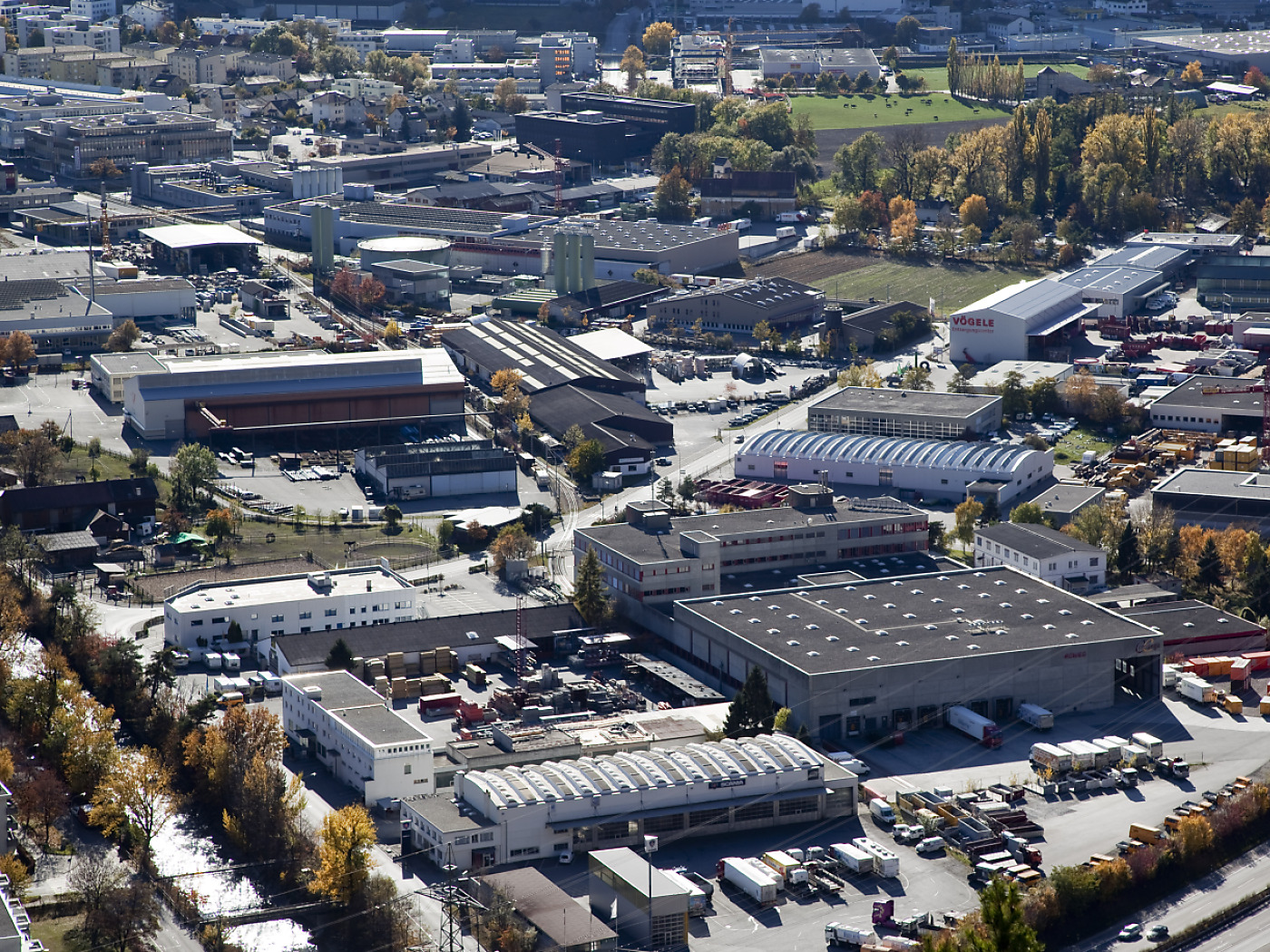‘Hera’ asteroid mission ready to launch with Swiss participation

The "Hera" asteroid defence mission is about to be launched. On Monday, the European Space Agency's (ESA) probe is due to lift off on board a Falcon 9 rocket towards the asteroid Dimorphos. Swiss researchers are involved in the mission.
Two years ago, the US space agency NASA crashed a probe into the asteroid Dimorphos as part of the Dart mission (Double Asteroid Redirection Test) in order to divert it from its course. “Hera” External linkis now to investigate what exactly the impact with the asteroid did.
+ Get the most important Swiss news directly in your inbox
The ESA refers to this as its first planetary defence mission. “The mission contributes to understanding how an asteroid on a collision course with Earth can be deflected,” explained Martin Jutzi from the University of Bern, who is involved in the mission, to the Keystone-SDA news agency.
Efficiency of the impact
It is already clear that Dimorphos was deflected from its original orbit by the collision with “Dart”. Observations from Earth show that Dimorphos’ orbit around Didymos, which lasted 11 hours and 55 minutes, was shortened by around 33 minutes. However, it is still unclear how efficient the momentum transfer was and what the collision with the asteroid did.
“We first need to know the mass of Dimorphos,” explained Jutzi. “Hera” has various cameras as well as laser and radar-based measuring systems on board, some of them on small satellites called CubeSats, one of which is also due to land. Among other things, this will be used to investigate the weight of the asteroid, the size of the impact crater and the mineral composition and structure of Dimorphos.
Model for simulation
The University of Bern has developed a model that simulates the impact of the probe. These simulations indicate that “Dart” not only caused a crater, but also completely deformed the asteroid, as research results published in February show.
Researchers now want to reconcile these simulations with the measurements carried out as part of the “Hera” mission. In addition to Jutzi, astrophysicist Sabina Raducan from the University of Bern is also involved in the mission.
“Dart” was launched in November 2021 and crashed into the asteroid in September 2022 at a speed of around 6.6 kilometers per second – almost 24,000 kilometers per hour. The impact measurably changed the orbit of Dimorphos. “We are now entering a new era of humanity in which we may have the opportunity to protect ourselves against the impact of an asteroid,” explained NASA after the impact.
No immediate danger
According to Jutzi, the threat from asteroids is not immediate, but it does exist. According to the researcher, a critical impact by an asteroid with a diameter of 100 to 200 meters occurs on average every 10,000 to 20,000 years.
“Hera” is scheduled to launch from the Kennedy Space Center in Florida (USA) on board a Falcon 9 rocket from the private space company SpaceX on October 7 at 16:52 Swiss time at the earliest. And 26 months later, the space probe will begin its scientific investigation.
Adapted from German by DeepL/ac
This news story has been written and carefully fact-checked by an external editorial team. At SWI swissinfo.ch we select the most relevant news for an international audience and use automatic translation tools such as DeepL to translate it into English. Providing you with automatically translated news gives us the time to write more in-depth articles.
If you want to know more about how we work, have a look here, if you want to learn more about how we use technology, click here, and if you have feedback on this news story please write to english@swissinfo.ch.

In compliance with the JTI standards
More: SWI swissinfo.ch certified by the Journalism Trust Initiative


















You can find an overview of ongoing debates with our journalists here . Please join us!
If you want to start a conversation about a topic raised in this article or want to report factual errors, email us at english@swissinfo.ch.